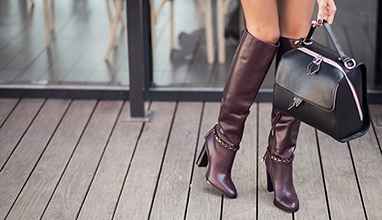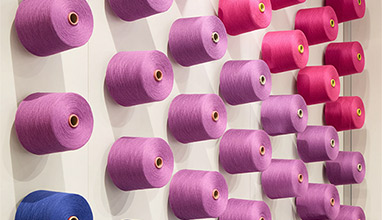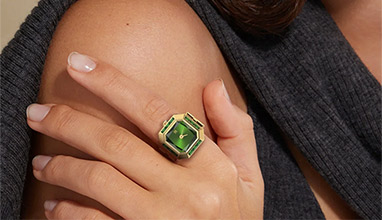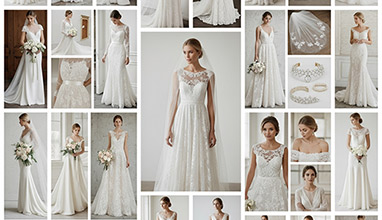The Thobe: An Elegant Garment from the Middle East
The Middle East is renowned for its rich cultural heritage and one of the most iconic garments, that has emerged from the region, is the thobe. With its timeless elegance and historical significance, the thobe holds a special place in the hearts of those who wear it. In this article, we will explore the origins, styles and enduring allure of this magnificent garment.
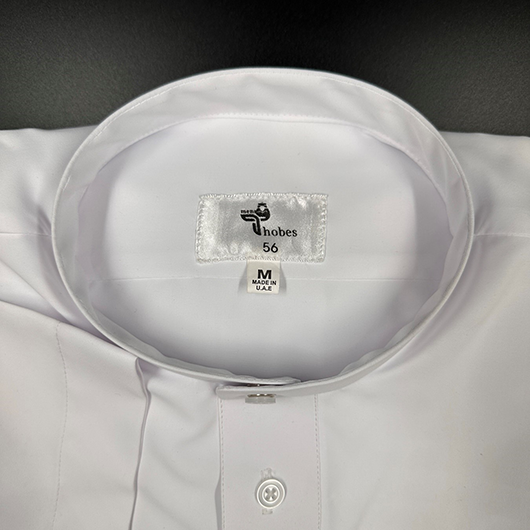
What's the origin and historical significance of the thobe
The thobe, also known as a dishdasha or kandura, has a long and storied history dating back centuries. Its origins can be traced to the Arabian Peninsula, where the extreme climate and traditional values shaped its design and purpose. Originally, the thobe served as a practical and modest attire for men, designed to protect them from the harsh desert environment while reflecting the cultural values of modesty and simplicity.
Style and Design
The thobe is a loose-fitting ankle-length garment typically made of lightweight and breathable fabrics such as cotton or linen. It features long sleeves and a flowing silhouette, providing comfort in the hot and arid climate of the Middle East. The simplicity of its design is accentuated by subtle details such as intricate embroidery, delicate piping, or tasteful buttons.
Regional Variations
Throughout the Middle East, the thobe takes on various regional styles and names. In the Gulf countries like Saudi Arabia, the thobe is typically white, reflecting the cultural preference for light-colored garments that help deflect the sun's rays. In contrast, the thobes in Oman and Yemen often feature colorful embroidery and vibrant patterns, showcasing the distinctive local artistry.
Тhe Тhobe nowadays, between modernity and classic
While the traditional thobe remains popular, modern adaptations have emerged, reflecting evolving fashion trends and personal preferences. Designers have incorporated new colors, fabrics, and cuts into thobes, offering a wider range of options for individuals seeking a more contemporary look. These adaptations have not only attracted attention within the Middle East but have also gained popularity globally, as people around the world embrace the unique elegance and cultural significance of the thobe.
The Thobe Beyond Gender
It is important to note that thobes are not exclusively worn by men. In recent years, there has been a rise in women's thobes, often referred to as thobettes or thobe dresses. These feminine adaptations maintain the graceful silhouette and cultural elements of the traditional thobe while incorporating feminine cuts, embellishments, and colors. This expansion of thobe fashion demonstrates its adaptability and ability to transcend gender boundaries, allowing individuals of all genders to embrace this exquisite garment.
The thobe is not merely a garment; it is a symbol of cultural heritage, style, and timeless elegance. From its humble beginnings as practical attire in the Arabian desert to its modern-day variations, the thobe continues to captivate people around the world, serving as a testament to the rich traditions and enduring allure of the Middle East.
Hits: 3686 | Leave a comment




